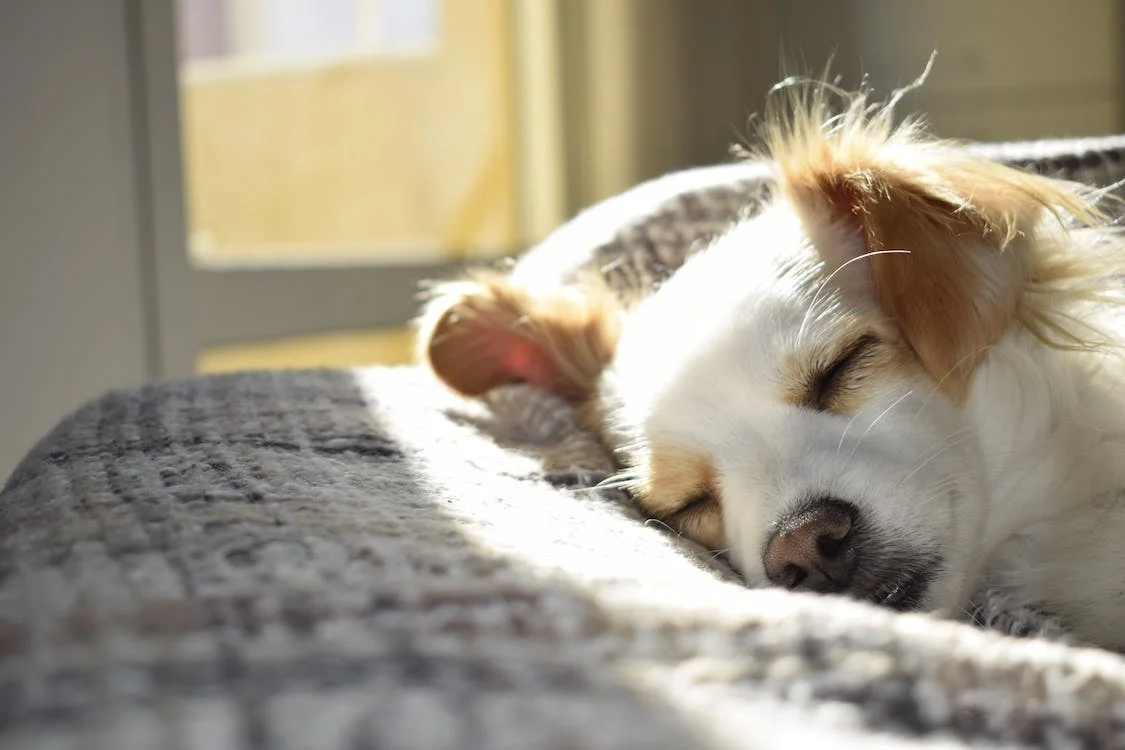Maltese is a dog breed known for being charming and gentle. But looks can be deceiving because even though it looks so gentle due to its glamorous white coat, it is also a vigorous dog which can compete in sports such as tracking, rally, agility, and obedience. It can also be a therapy dog because it loves to be with his people all the time. Let us know more about the Maltese breed.
History
Maltese is one of the most ancient toy dog breeds and it can be traced back at least two millennia. This small dog is immortalized by artists, poets, and writers in the early great cultures of Greece, Rome, and Egypt, and even mentioned by Aristotle.
Many Egyptians and Europeans have also thought that the Maltese can cure people of disease that’s why they’ve placed one on the pillow of an ill person. This is the reason why the Maltese are also called “The Comforter”.
The breed was also widespread in Mediterranean cultures even before the Christian era. But despite its prominence in history, its exact origin is uncertain. There are many people who believed that it was developed in the Isle of Malta in the Mediterranean Sea from Spitz or Spaniel dogs. Some believed it was developed in Italy, while others believe it was originally from Asia.
In the 15th century, the Maltese had found a secure place in the arms of French aristocrats. It arrived in the British Isles during the reign of Henry VIII and it had become the favorite pet for noble and royal ladies by the end of the 16th century. It had been the favorite dog of Queen Elizabeth I, Mary Queen of Scots, and Queen Victoria.
The Maltese survived the fall of the Roman Empire and the Dark Ages, however, they were nearly destroyed in the 17th and 18th centuries because it was attempted to be bred to be the size of a squirrel. After this experiment, breeders mixed poodles, miniature spaniels, and East Asian miniature dogs to save it. This is the reason why the Maltese became so varied and several new breeds were formed.
The Maltese we know today are bred by English breeders. Maltese was first seen in the United States in the late 1800’s. By the 1870’s, they were entered in the Westminster Kennel Club shows. In the 1950’s, the number of Maltese dogs registered with the AKC grew and since then, it has become quite popular.
Characteristics of Maltese
Maltese belongs to the companion dog breed group. Males can grow from 8 to 10 inches tall at the shoulder while females can grow from 8 to 9 inches tall. Compact ones should weigh no more than 7 pounds at maturity, with 4 to 6 pounds being preferred. You should beware of breeders who offer “tea cup” Maltese because if they weigh less than 4 pounds at maturity, it is more prone to genetic disorders.
The coat of the stunning Maltese is pure white, straight, and silky which reach all the way to the ground. They are white because Roman emperors preferred that color and bred them that way. They also do not have the undercoat which most of the other breeds have, therefore, they do not shed much, making them hypoallergenic dogs. However, their coats can easily mat and become dirty.
Maltese dogs are known to have a lively personality. They are people-oriented and they take well to training. They also respond to positive reinforcements such as play, praise, and food rewards. It is also a fearless dog breed and they assume everyone they meet, either human or animal, is a friend. They are also sweet and cute; that’s why they can always get away with what they want even if you’ll have no intention of spoiling them.
Caring for Maltese
Since Maltese dogs are lively, they would enjoy regular walks or play outside. Even old aged ones can still remain playful. They can also be active indoors that’s why a great deal of exercise is not required to keep them in good shape.
To keep their coats clean and beautiful, brushing and combing them daily will help. And since they can get dirty very easily, bathing them every week is a must. If its coat develops mats, you can use a detangle spray or a coat conditioning oil to help loosen individual hairs. They can also grow hairs in their ears which are needed to be removed regularly. You should also trim its nails once or twice a month.
When feeding them, the recommended daily amount of food is ¼ to ½ cup of high-quality dry food a day which is divided into two meals. You should measure his food and feed him twice a day to keep him from getting fat. The amount of food you will give will depend on your Maltese’s size, age, build, metabolism, and activity level.
Maltese is certainly a charming and friendly dog that would always love to play with you and keep you company at all times.

